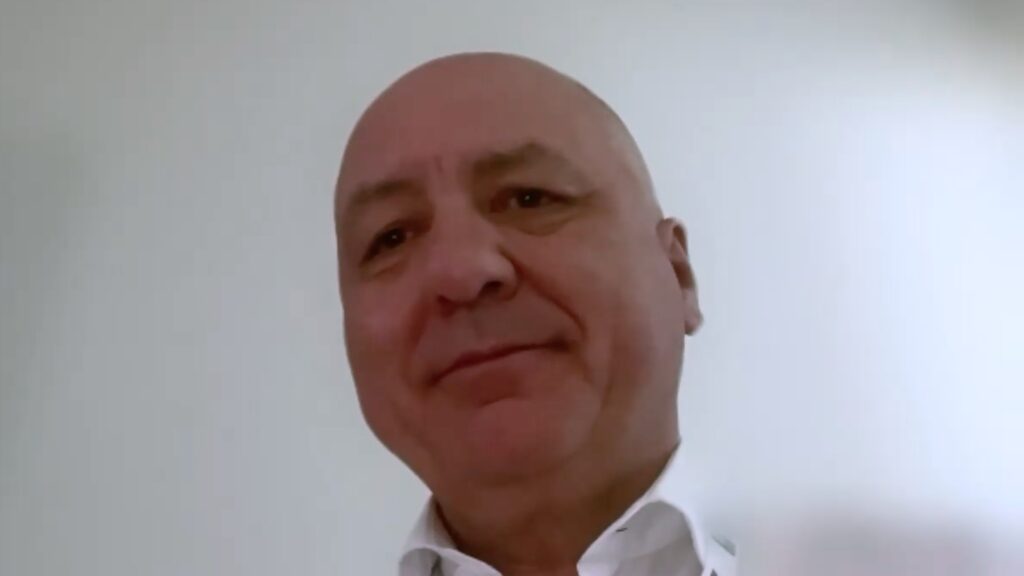Dupilumab is a fully human monoclonal antibody that inhibits the interleukin-4 and interleukin-13 pathways, and has been approved for the treatment of eosinophilic oesophagitis in the USA and Europe. touchIMMUNOLOGY caught up with Prof Arjan Bredenoord (Amsterdam University Medical Center, Amsterdam, the Netherlands) to discuss the burden of eosinophilic oesophagitis, limitations of current therapeutic options, and the place of dupilumab in the treatment paradigm for eosinophilic oesophagitis.
This information is brought to you by Touch Medical Media and is not sponsored by, nor a part of, the DDW.
The abstract ‘DUPILUMAB IS EFFICACIOUS IN EOSINOPHILIC ESOPHAGITIS REGARDLESS OF PRIOR USE OR PRIOR INADEQUATE RESPONSE, INTOLERANCE, OR CONTRAINDICATION TO SWALLOWED TOPICAL CORTICOSTEROIDS: RESULTS FROM PART C OF THE LIBERTY-EOE-TREET STUDY’ was presented at Digestive Disease Week 2023, May 6-9, 2023.
Questions
- Could you give us a brief overview of the health and economic burden of eosinophilic oesophagitis? (0:16)
- What are the limitations of current therapeutic options for eosinophilic oesophagitis? (1:11)
- What is the place of dupilumab in the treatment paradigm for eosinophilic oesophagitis? (2:08)
Disclosures: Arjan Bredenoord discloses research funding from Dr Falk Pharma, Norgine, Nutricia, Sanofi, SST, and Thelial and consulting fees from Alimentiv, AstraZeneca, Aquilion, Dr. Falk Pharma, Laborie, Medtronic, Regeneron Pharmaceuticals Inc., and Sanofi.
Support: Interview and filming supported by Touch Medical Media Ltd. Interview conducted by Atiya Henry.
Filmed in coverage of DDW 2023.
Transcript
Hi, I am Arjan Bredenoord. I’m a gastroenterologist working in the academic university medical center in Amsterdam, the Netherlands.
Could you give us a brief overview of the health and economic burden of eosinophilic oesophagitis? (0:16)
Patients with eosinophilic oesophagitis are often young, typically between 20 and 40 years old, and they suffer from symptoms such as dysphagia, and food impaction, which means that a piece of food gets stuck in their oesophagus, which gives a frightening feeling of choking, and it may result in emergency room visit or even emergency endoscopy. This has a substantial effect on quality of life of these patients. They sometimes get afraid of eating overall. And that leads to substantial economic cost due to direct medical costs and also indirect costs.
What are the limitations of current therapeutic options for eosinophilic oesophagitis? (1:11)
Globally, there are large differences in treatment options for eosinophilic oesophagitis. Globally, protein pump inhibitors are usually the first step. These are medication that inhibit the gastric acid secretion, but other options are not everywhere available. In Europe, there’s a topical corticosteroid approved, but this is not approved in many other countries including the US. And then there is a monoclonal antibody against the IL-4, IL-13 pathway, dupilumab, which is available in the US and certain European countries, but not everywhere. So a challenge is that there are several good medications for use in eosinophilic oesophagitis, but they’re not everywhere approved or available.
What is the place of dupilumab in the treatment paradigm for eosinophilic oesophagitis? (2:08)
Now in the US, there are no topical corticosteroids, which means that dupilumab is basically the first treatment option if proton pump inhibitors fail. And so it’s a very widespread treatment for eosinophilic oesophagitis. In Europe, in the countries where it is available, it is typically placed in the algorithm after the proton pump inhibitors and topical corticosteroids. So only in patients that either have failed on these medicines or who develop side effects or have other reasons why they can’t use these treatments.
Subtitles and transcript are autogenerated









